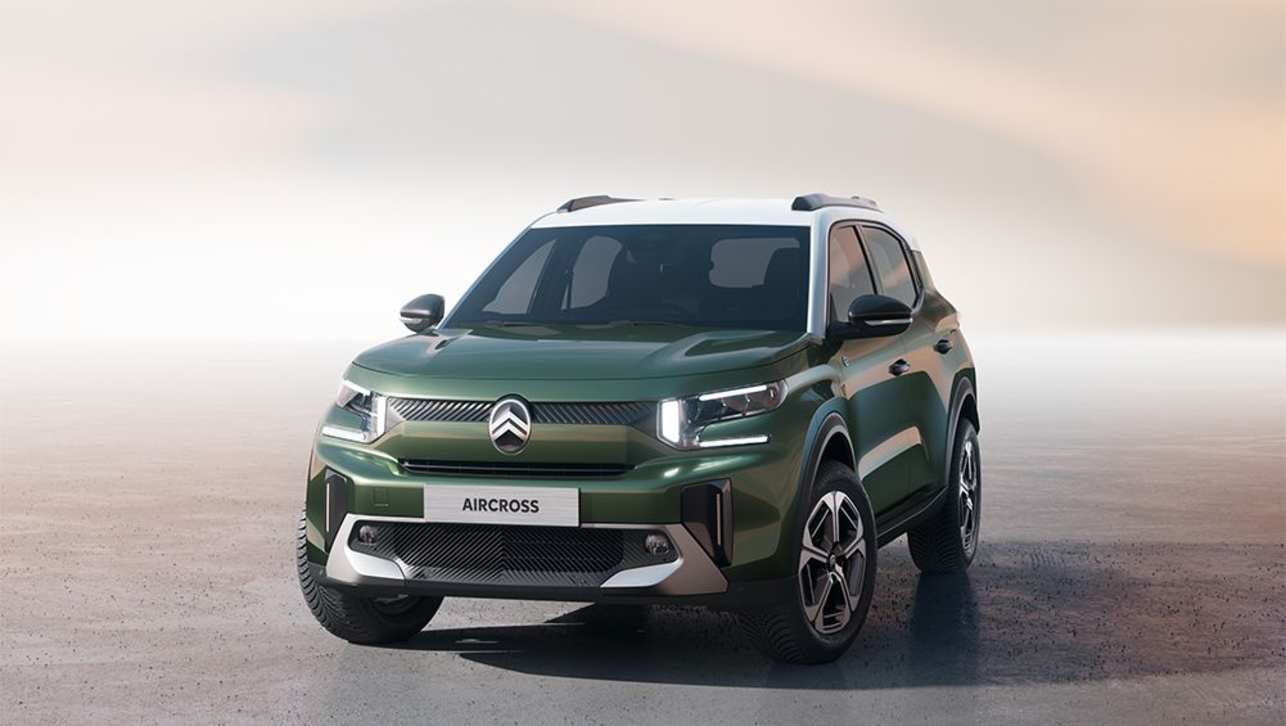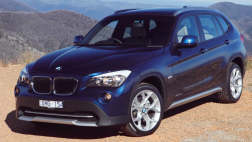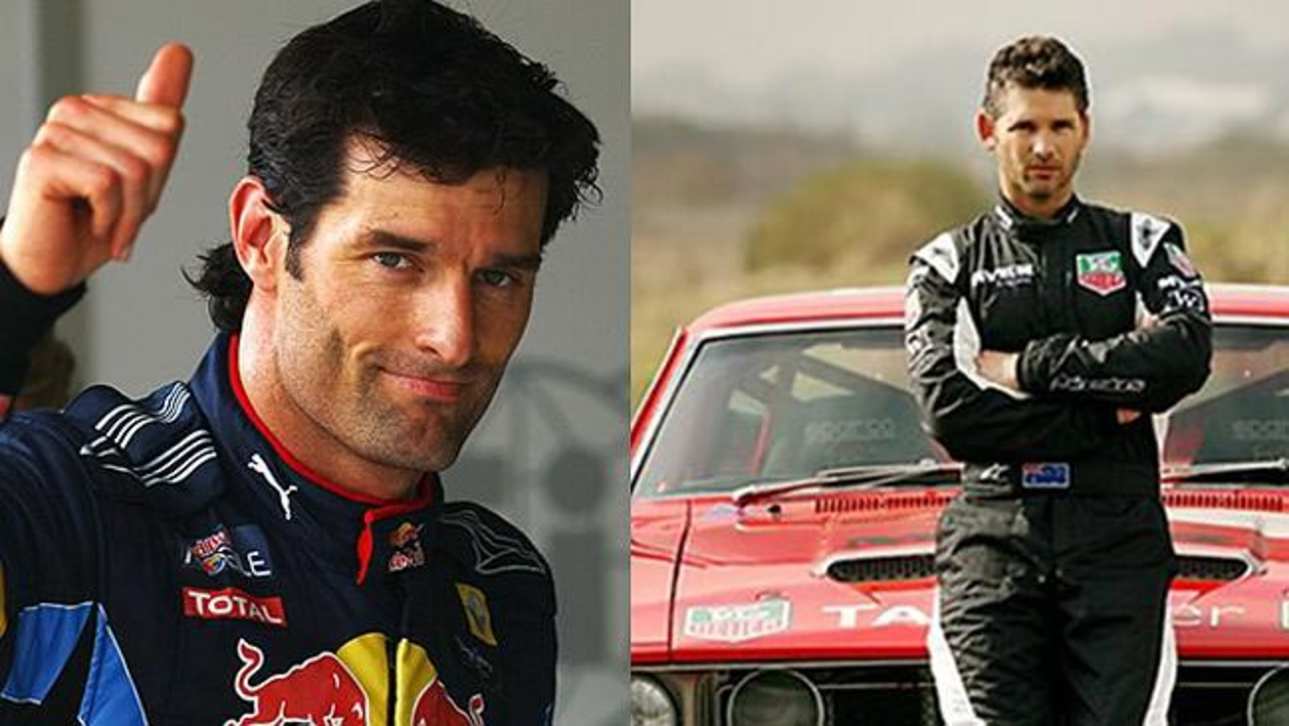Why would anyone need a car that can top 300km/h, seat two in comfort — despite having four seats — and use fuel at an obscene rate? Need ... absolutely not. Want ... oh, yes please.
Porsche's 911 Turbo is the car that nobody needs but almost everyone wants.
"Speed is never a target for Porsche, it is an outcome," the general manager for the 911 Turbo program, Dr Erhard Moessle, says at the Australian launch of the car on the unrestricted-speed roads of the Northern Territory.
"In 20 years (with Porsche) the thing I've learned is the challenge is to make the best better."
In the case of the 911 Turbo, that improvement has come in a range of small refinements and a couple of grand steps forward.
Porsche's engineers have visited and revisited each aspect of the car.
There are seemingly insignificant styling bumps across the upper front bumper that direct air over and into aerodynamic surfaces, wider and more efficient air intakes, which at 300km/h channel an incredible 6400 litres of air a second (4000 through the front vents for downforce and cooling and 1200 each side of the rear for the turbo intercoolers).
There are also aluminium panels for the doors and bonnet that help a bigger, faster car with more equipment weigh 5kg less than its predecessor.
Apart from producing a whiff more fuel efficiency — Porsche claims 12.8 litres/100km in general combined running but it isn't a figure you will see in the real world (more of that later) — the real outcome from less weight and extra power is better performance.
The twin-turbo, 3.6-litre, flat six-cylinder engine sitting over the rear wheels has 14 per cent more power (353kW) and more torque (620Nm) than previously, but the story is where the torque is available.
Compliments of the variable turbo geometry — available for the first time on a petrol engine — maximum torque is on tap from 1950rpm right through to 5000rpm. That is a flat torque band from 750rpm earlier and 400rpm longer than the 996.
What that does is turn cruise into bruise at the mere whisper of the right foot. The 911 Turbo will attack the horizon with unnerving verve — and keep at it until the speedo needle slides past 300km/h.
All that urge comes at a price. On the run through the Northern Territory, the 911's 67-litre tank was gasping for a bowser every 240km. That can be an expensive thirst, but not one to disturb an owner who has kicked in $327,000-plus to be able to transport diminishing fuel reserves at such a rate.
One of the most endearing features of the latest Turbo is its rock-like stability at any speed.
Aerodynamics on the car are brilliant, with every surface working to keep the huge tyres — 19-inch 305mm rears — in maximum contact with the road.
That stability and the huge 350mm discs front and rear — an effective 42 per cent greater swept area for the front's six-pot calipers to act on — are immensely confidence-inspiring for the driver.
For an additional $19,000 — yes, it is the same price as a pretty good small car — the brake package can be upgraded to the composite ceramics with 380mm front discs.
Is the difference worth it?
If the car is going to be used in any application where repeated braking performance is required they should be made a compulsory acquisition.
A panic stop from 180km/h produced a single moment of concern when it was feared that the unrelenting grip from the brakes and the tyres was actually tearing up the tarmac.
Drive is predominantly to the rear wheels as a default for the all-wheel drive system through a slick six-speed manual or the ageing five-speed Tiptronic automatic.
The turbo runs Porsche's patented PASM (Porsche Active Stability Management) system but adds for the first time on its sports models the latest in traction control technology — PTM (Porsche Traction Management).
In previous generations, the torque share for the all-wheel-drive system was through a front viscous coupling. This restriction only allowed some 60 per cent of drive to be channelled to the front end.
The viscous coupling from the previous model has gone and in its place is an electronic multi-plate clutch capable of feeding up to 100 per cent of power to the front wheels within 100 milliseconds.
Such is the speed and infinite variability of the system that understeer or oversteer is corrected almost before the driver realises.
There is little point reviewing the Turbo's steering. It is on the same sublime level as is expected from any Porsche — direct, communicative and balanced.
Now for the bad news. If you want a 911 Turbo, be prepared to be patient. The first allocation of 80 cars has been sold and Porsche Australia is holding another 100 firm orders. This puts your dream car's delivery out to sometime early in 2008.
Fast facts
Porsche 911 Turbo
Price: $327,000 (manual); $335,000 (tiptronic)
Engine: 3.6-litre flat six with variable geometry twin turbochargers; 353kW@6000rpm, 620Nm at 1950-5000rpm (680Nm on overboost)
Transmission: 6-speed manual or 5-speed Tiptronic; AWD
Brakes: 350mm drilled and ventilated discs front and rear; 6-pot monobloc front calipers, 4-pot monobloc rear calipers (optional 380mm ceramic composite discs, $19,000)
Fuel: 12.8L/100km claimed on premium unleaded; 67-litre tank








.jpg)

.jpg)
.jpg)

.jpg)

.jpg)
.jpg)












Comments